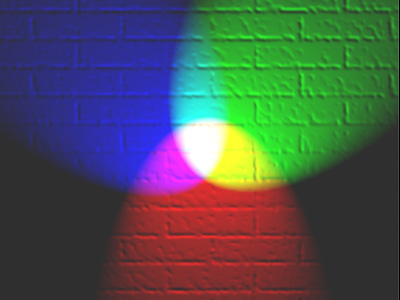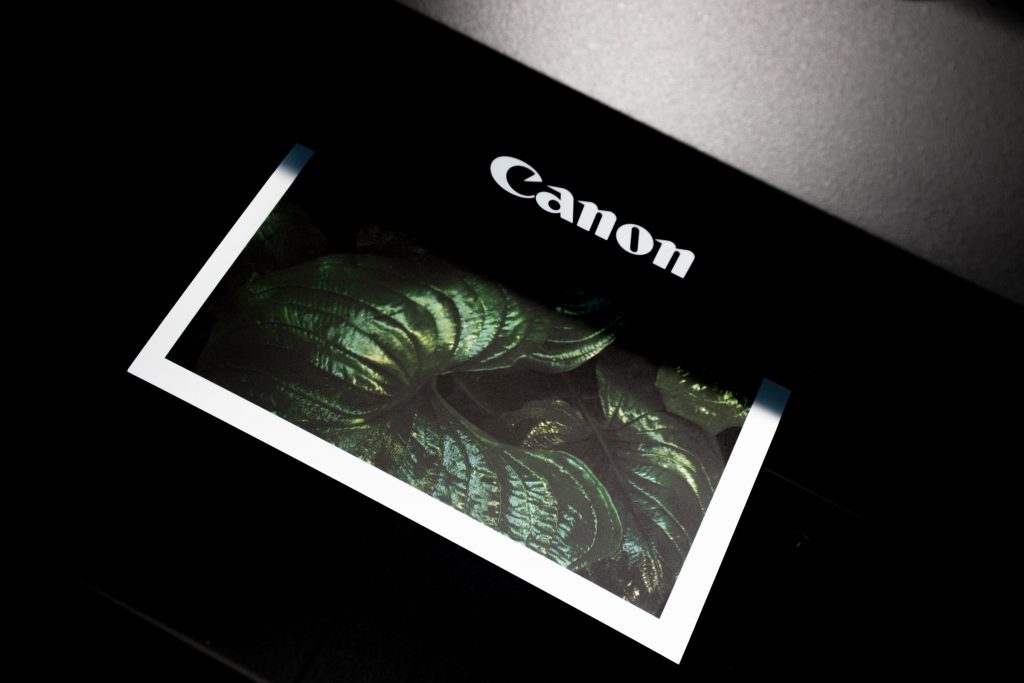
When printing or designing an image in colors you’re most likely to come across CMYK and RGB. But what do these acronyms mean? They are truly significant terms for anyone working with visual materials.
We’ll explore the difference between RGB and CMYK in this article.
What is CMYK?
CMYK (Cyan, Magenta, Yellow, Key/Black) are colors for printing. They’re all white at the beginning and reduce brightness during the printing process to produce the pigments of the desired color. Such pigments will further be printed onto a paper as small dots.
All CMYK colors mixed result in the pure black.

The most popular formats where you can use CMYK are PDF and Adobe InDesign.
CMYK is a limited set of colors that does not allow reproduction of some shades because there are no such colorants in nature. Hardware limitations can also cause a color shift.
What is RGB?
RGB (Red, Green and Blue) are colors for digital images, including everything you see on web pages and social media. They’re mixed and illuminated by a source of light within a computer to produce any desired color.
When mixed up at an equal intensity, RGB colors become pure white.

The image formats with RGB include popular JPEG, PNG, and GIF.
RGB is an unlimited set of colors that allows you to reproduce any shades, but only on the screen of electronic devices, not on paper. Just compare: RGB can reproduce 16 million colors and shades, while CMYK outputs 16,000 only.
CMYK vs. RGB
The main difference between the two color models is the scope of application. CMYK for printed materials, RGB for Internet pages.
But what if we break the rules? How will this impact the output picture? Here are some important things to know about.
Do printers use RGB or CMYK?
Digital images can display an infinite number of colors and shades, while printers are limited by hardware specifications. To make sure pictures look authentic in the printed materials, the best practice is to use CMYK for physical printing.

In theory, you can print out an image with RGB colors but the original quality is not guaranteed. We recommend to use CMYK for business cards, photos, posters, brochures, merch, and other printed materials.
Which mode is better for digital?
As mentioned above, RGB is the standard for digital screens. It works perfectly well for photos shown on an HD TV screen, web design, YouTube videos, images on social networks.

The common wisdom for Internet environment and modern electronic devices is to use RGB, because a color shift is unlikely to happen.
When you need both color modes?
Graphic designers usually work with both CMYK and RGB. There are occasions when you need to have a product catalog printed out and in a digital format (e.g. PDF). We want to distribute the paper version on networking sessions during forums, while PDF must be available on the official website.
In this case, we could use CMYK only to ensure original colors in a printed brochure. But the digital version won’t be impressive enough. Likewise, RGB would work for a digital catalog but possibly result in shifted colors in the printed version.
Neither of the color models is better or more advanced. They’re both good for different tasks.
Useful links
Handy color correction tips. Read blog
How to add a picture to a video. Learn more
Making spectacular videos for Facebook. Learn more
How to make a blurry video clearer. Learn more